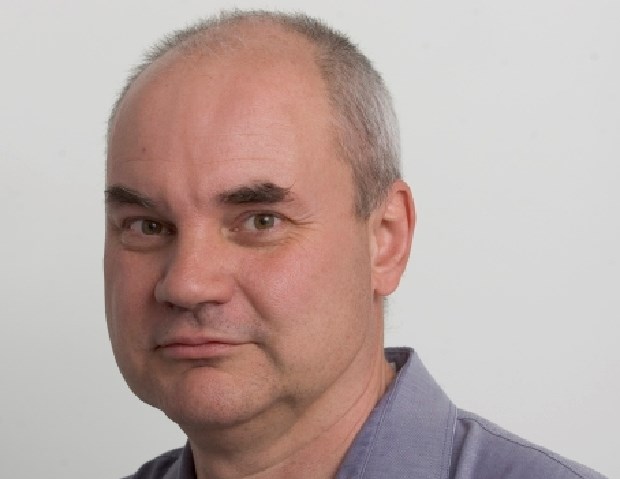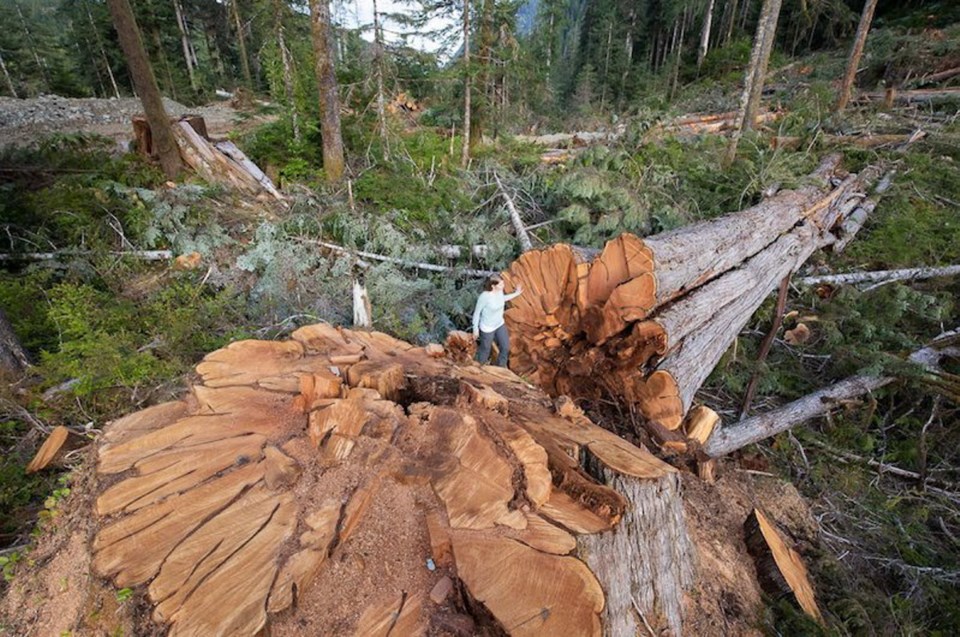 Two hundred and twenty three international scientists have just signed a letter saying it’s vitally important for the B.C. government to protect the last remaining bits of temperate rainforest on Vancouver Island RIGHT NOW.
Two hundred and twenty three international scientists have just signed a letter saying it’s vitally important for the B.C. government to protect the last remaining bits of temperate rainforest on Vancouver Island RIGHT NOW.
Good luck with that.
That is, we’ve been hearing the same arguments for years, and nothing ever changes except the size of the Island’s old-growth forests, which environmentalists say are shrinking at the rate of two football fields an hour, 24 hours a day.
The scientists’ letter targets not just Vancouver Island temperate rainforests, but those on the south coast and on the windward side of the Rockies and the Columbia mountain ranges in southeastern B.C.
“Few of the Earth’s forest ecosystems are rarer and hold more ecological value than temperate rainforests,” says the document, which was organized by Oregon scientist Dominick DellaSala.
“They constitute only about 2.5 per cent of the Earth’s forests ,but are exceptionally important. British Columbia’s coastal temperate rainforests represent over one quarter of this total, and its inland rainforests are one of only two such areas worldwide.”
The letter argues it’s crucial to leave forests intact, to protect them from logging and development, for the sake of biodiversity, human health, drinking water and, of course, climate change.
The scientists want the province to take the same science-based approach the government took when deciding to protect forests in the central coast (the area the romantics/marketers call the Great Bear Rainforest) and in Haida Gwaii.
The government responds that it isn’t sitting on its hands. A statement issued by Forests Minister Doug Donaldson talks of spending $16 million over three years to modernize the land-use process and says “work is well under way on a more robust old-growth forests strategy.”
That won’t be enough to make enviros happy.
Nor will this reality: B.C.’s year-old NDP government, up to its ears in everything from housing affordability to money laundering, doesn’t have much room on an already-long to-do list.
Also, the prospect of killing logging jobs can’t thrill the government of a province that is, thanks largely to the pipeline debate, bucking an image of being a no-go zone for resource-related investment. Note how gingerly the NDP picked its way through one political minefield this month by A) giving salmon farms four years to win the support of the First Nations in whose area they operate and B) saying it’s up to Ottawa to decide if the farms are hurting wild salmon.
And never mind the political agenda, forest campaigners are even having trouble getting on the environmental one. The sort of people who, in the 1990s, enlisted for the War in the Woods have focused elsewhere, spending their outrage/energy on Northern Gateway, Kinder Morgan, Site C, LNG, aquaculture, orcas. …
“It’s a challenge,” acknowledges Sierra Club of B.C.’s Jens Wieting.
That doesn’t make the matter any less urgent, though, he says. Old, intact forests are now so small and fragmented that they can no longer support “the web of life as we know it.”
Government seems to believe there will be time to fix this once other issues are off its plate. No, he says, there isn’t. “We will not have another chance in five or 10 years.”
“We are now so close to the breaking point.”
He is echoed by one of the letter’s signatories, Andy MacKinnnon, a Metchosin councillor, adjunct professor at Simon Fraser University, Green candidate in last year’s provincial election and, prior to that, a forester and biologist whose three decades with the province included having a hand in the plans for the central coast, Haida Gwaii and — way back when — the Clayoquot. Unlike economic and social policy decisions, what’s happening in the forests today can’t be changed later, he says.
“That’s an irrevocable decision. That old growth is gone.”
The NDP talked about science-based decision-making during the election campaign and Donaldson has made all the right noises in meetings, MacKinnon says, but on the ground nothing is different. Last year saw the highest rate of logging on Vancouver Island in a decade, he said, with the pace driven by the government’s own agency, B.C. Timber Sales. (DellaSala notes that the ninth largest Douglas fir in Canada — at 66 metres tall, the same height as the Promontory, the tallest building in Victoria — was recently felled in an old-growth cut block auctioned off in the Nahmint Valley, near Port Alberni.)
“We haven’t seen any change at all,” MacKinnon says.



